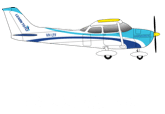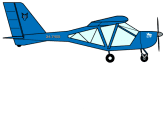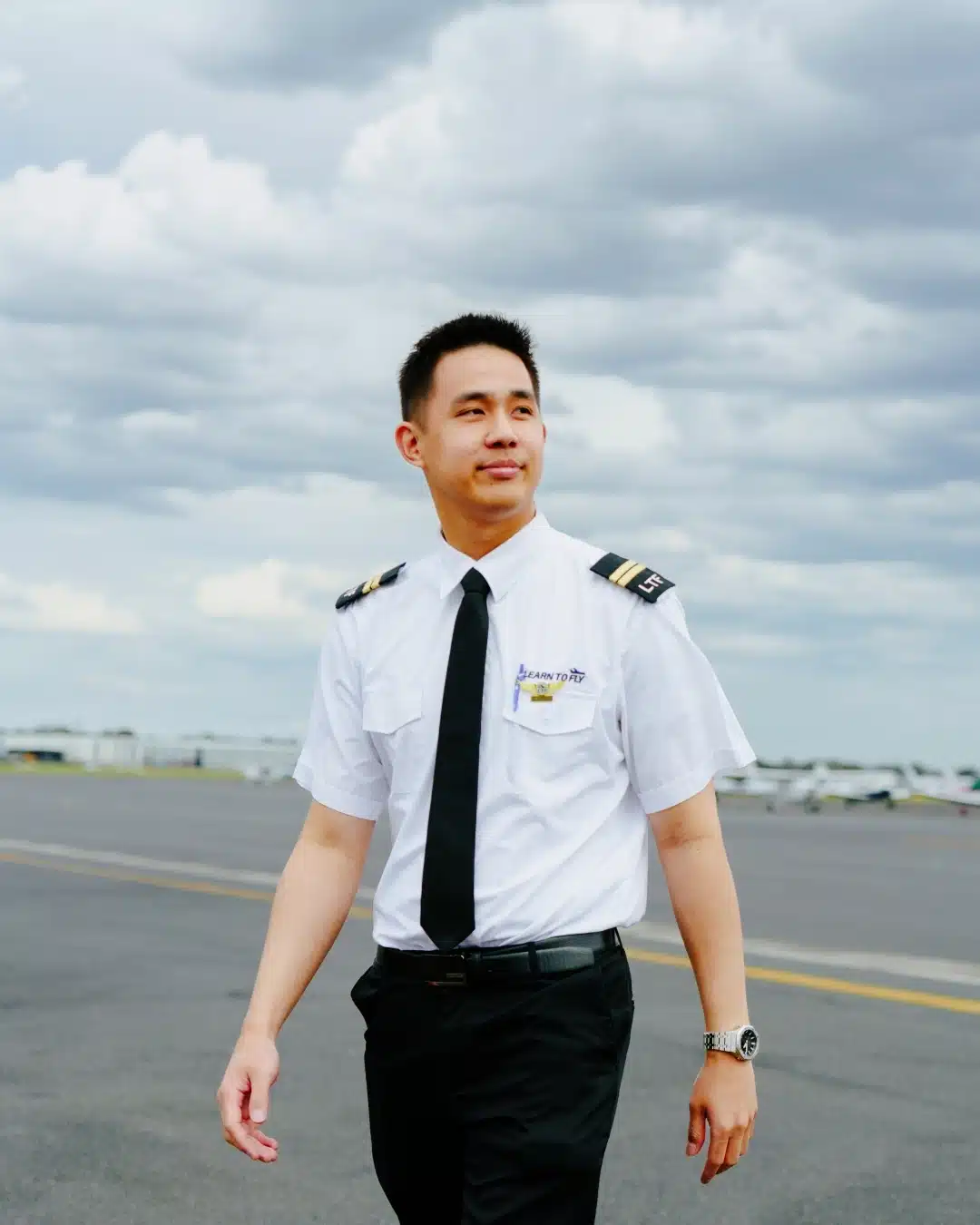
November 25, 2025
From Zero to Instructor: A Singaporean Pilot’s Progression at Learn To Fly Melbourne
When students consider leaving Singapore or Southeast Asia to complete their flight training in Australia, the questions are usually the same: is it worth relocating, will the training environment be supportive, and is there a clear pathway beyond the Commercial Pilot Licence?
One recent Learn To Fly Melbourne graduate answers all three in the affirmative.
This is the story of a student from Singapore who arrived in Melbourne with no flying experience, completed his CPL, then stayed on to gain his Flight Instructor Rating (FIR) — and is now joining the team to train the next intake of pilots.
Early ambition
His interest in aviation began unusually early. As a child, his mother — who worked for an airline — took him into the cockpit of an Airbus A320. At four years old he told her that being a pilot was the only career he wanted. That level of clarity stayed with him.
Choosing Australia, choosing LTF
Like many students from the region, he compared several Australian flight schools before committing. A relative who had studied and worked in Victoria told him he would adjust well to Melbourne. He describes the move from Singapore as “not easy”, but he’s very clear on the rationale: stepping out of a comfort zone is often the only way to make progress.
Learn To Fly Melbourne appeared in his research because of its modern fleet and structured programmes. What made him stay, he says, was the community.
Training experience
Starting from zero time was, in his words, “nerve-racking”, but expected. He’d already decided that difficulty wasn’t a deterrent: “tough times don’t last, tough people do” became something of a personal rule.
Not everything came easily. He names the PPL theory exam as one of the more humbling parts of training. His approach was straightforward: put the head down, ask for help, and remember that this is the profession he chose. That attitude — persistence over drama — is exactly what most flight schools try to instil.
Crucially, he didn’t do it alone. He credits his primary instructor, Brandon Sundaralingam, as “the main focal point” in his progression, noting that Brandon checked in even on non-flying days. That speaks to something we see often: students who progress quickly tend to have at least one instructor maintaining continuity, not just conducting isolated lessons.
Culture and belonging
When asked about Learn To Fly Melbourne itself, he doesn’t talk about aircraft first; he talks about people. He describes the school as having “a sense of togetherness” and says it felt “like home”. For international students moving from Singapore, Malaysia or Hong Kong, that matters. Flight training is demanding enough without isolation on top of it.
Why stay on for a Flight Instructor Rating?
Many CPL graduates go straight into hour-building or look for entry-level roles. He chose something more deliberate: to qualify as a flight instructor at the same school.
There were two reasons.
First, he liked the culture and wanted to remain in it. Second, he says he genuinely enjoys seeing other students reach milestones — even small ones like passing a theory exam. That’s the right motivation for instruction. Becoming an instructor isn’t simply a way to log hours; it’s a shift in role from “being taught” to “creating the conditions for others to learn”.
He calls it a “full-circle moment”: starting at zero, then returning as part of the team that will guide the next group.
Perspective as a former LTF student
He’s also very clear that being trained here gives him an advantage as an instructor. He knows the syllabus, the airspace, the local weather patterns, the standards expected on progress checks — but he also remembers what it felt like to be the student in that briefing room. That dual perspective is useful for international students who might be adapting to Australian procedures at the same time as learning to fly.
What’s next
He isn’t treating the FIR as an end point. His goals are to complete his ATPLs and to progress through instructor grades (to Grade 2 and eventually Grade 1). That kind of incremental, stepwise thinking is precisely what we encourage: licence, rating, consolidation, upgrade.
Asked how the journey has changed him, he mentions two things: patience and resilience. His own line is worth repeating:
“Take it day by day, step by step, lesson by lesson — but most importantly, enjoy the process.”
Why this matters for prospective students
For anyone considering training at Learn To Fly Melbourne — especially students from Singapore or the wider region — his pathway shows three things:
- Relocation can be justified when the training environment is structured and the community is supportive.
- Progression is possible within one school — from ab initio through CPL to Flight Instructor Rating.
- Instruction is a viable, professional next step for graduates who want to stay in aviation, sharpen their skills, and help others.
Train with us
Learn To Fly Melbourne delivers the AVI50222 Diploma of Aviation (Commercial Pilot Licence – Aeroplane) and Flight Instructor Rating programs that support exactly this kind of progression — from first lesson to first student. If you’re overseas and considering Melbourne as your training base, our team can map out the same pathway.
.
.





